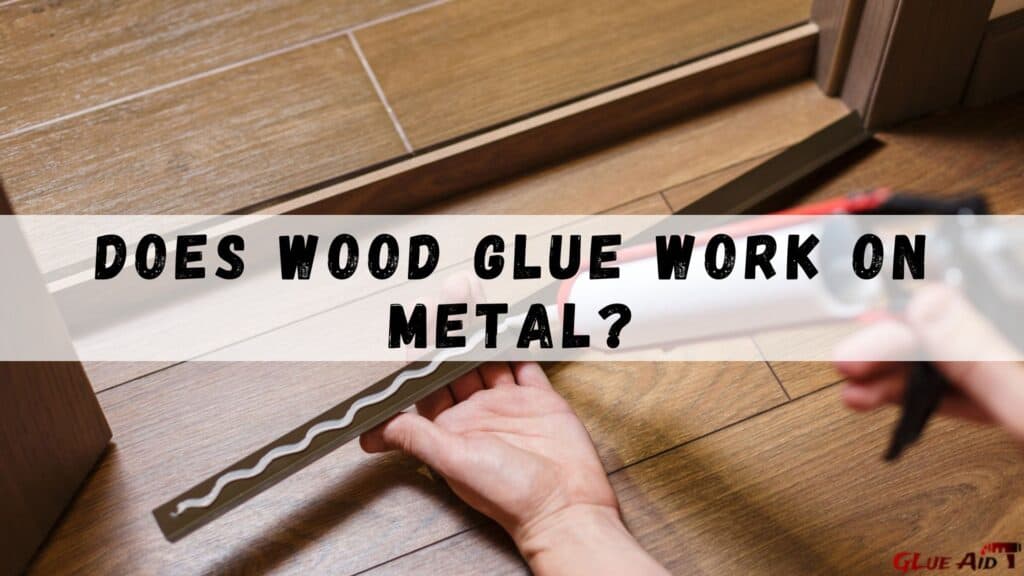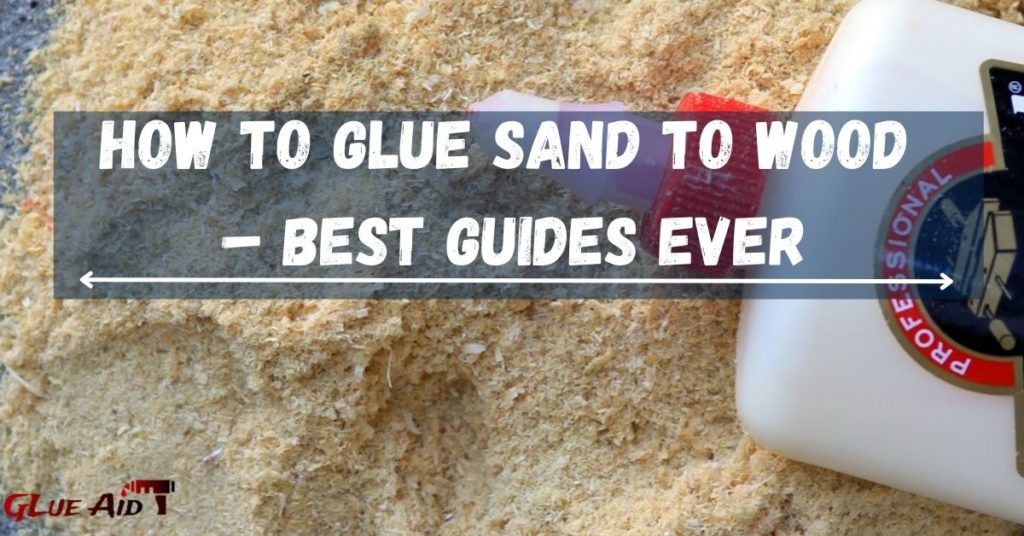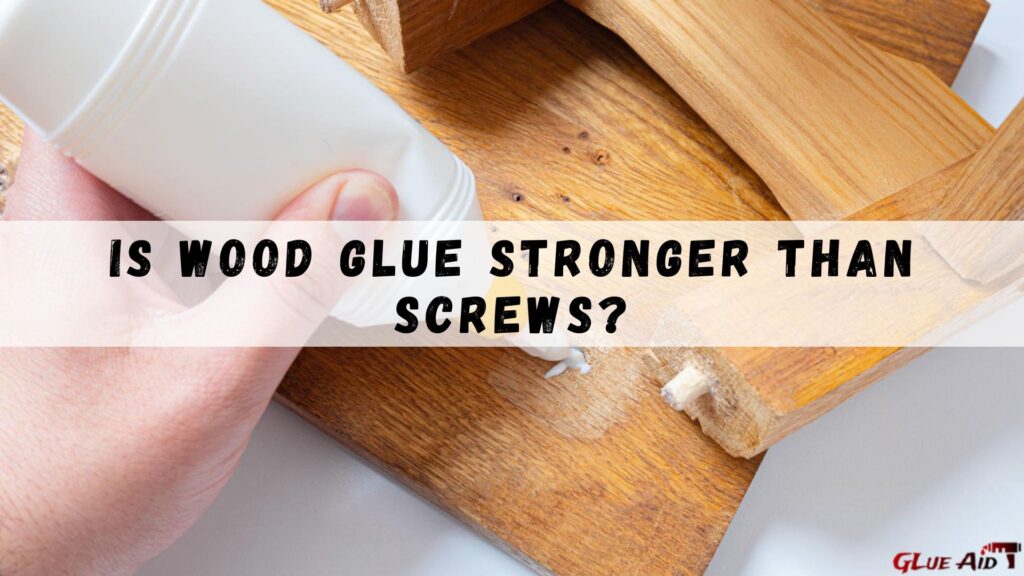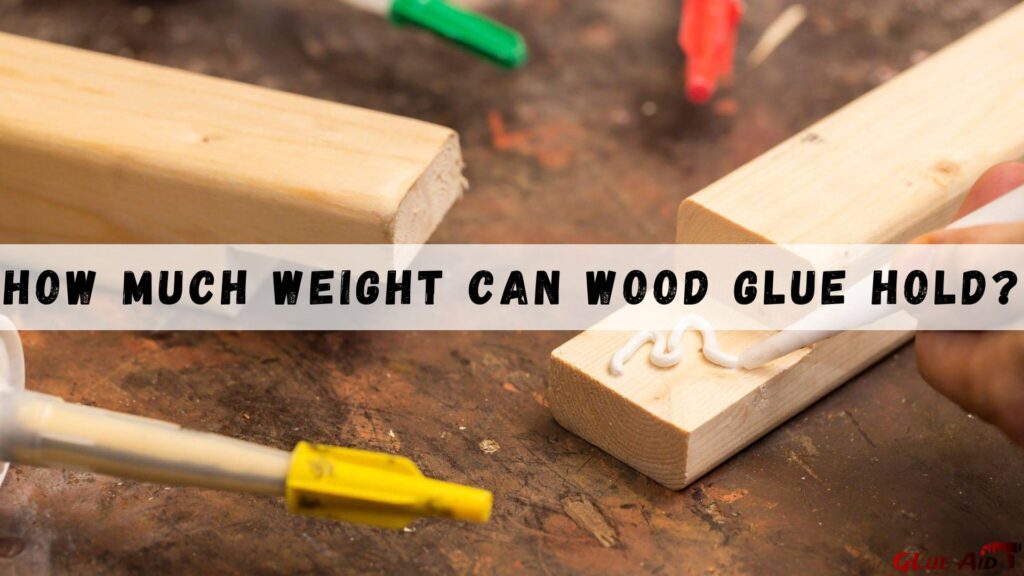Wood glue is a common adhesive used to attach objects together. Many people believe that wood glue will not work on metal because it is a natural adhesive. However, there are many types of wood glue that have been specifically designed for use on metal. If you are attaching a metal object to wood, the adhesive will hold the two pieces together.
Wood glue is a versatile adhesive, but does wood glue work on metal? Find out more about wood glue and whether it can be used on metal.
Table of Contents
What is Wood Glue?

Wood glue is a substance used to attach two pieces of wood together. It is made from an adhesive and a solvent. The adhesive is a material that will stick to the wood, and the solvent is a liquid that helps the adhesive bond to the wood.
There are many different types of wood glue, each with its own set of characteristics. Some glues are more waterproof than others, some are more flexible, and some are more durable.
How Wood Glue Works
Wood glue is a type of adhesive that is liquid in nature. It is made up of water, resin, and a polymer. The resin and the polymer are what make the glue strong and durable. When the two pieces of wood are glued together, the resin and polymer will seep into the cracks between the boards and form a bond. This bond will hold the boards together and create a strong joint.
Does Wood Glue Work on Metal?
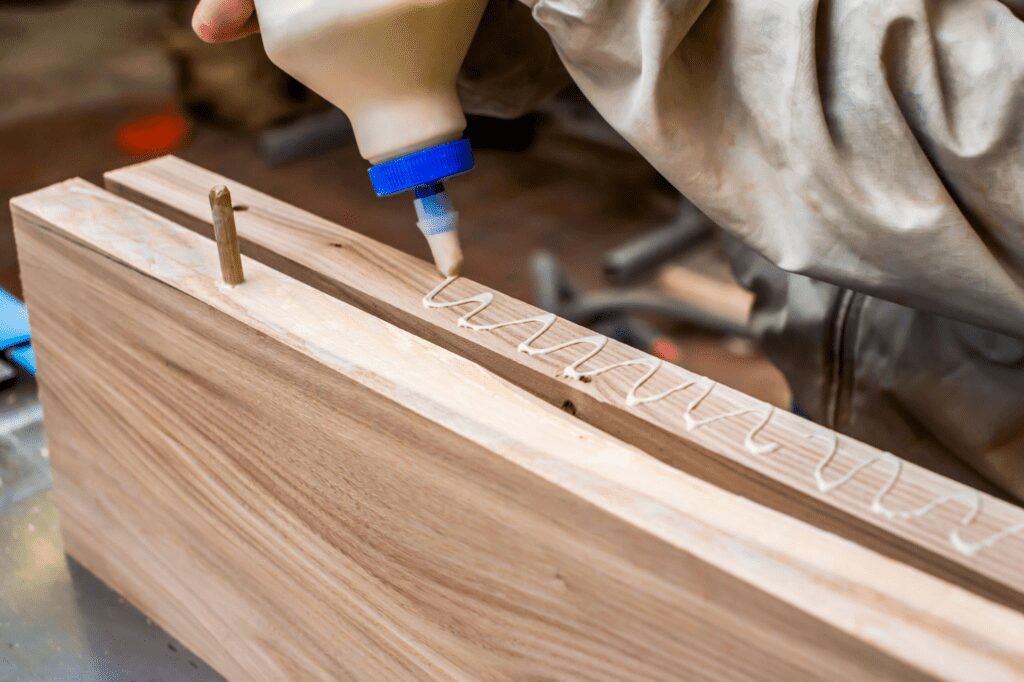
Wood glue is a popular adhesive for bonding wood together. But does it work on metal?
The answer is yes – to a certain extent. Wood glue will stick to metal surfaces, but it isn’t as strong as an adhesive meant specifically for metal. So, if you’re looking to bond two pieces of metal together, wood glue is not the best option.
However, if you need to attach a wooden piece to a metal surface, it will do the trick. Just make sure the surfaces are clean and dry before applying the glue.
There are a few different types of glue that can be used on metal. The most popular is epoxy, which comes in both a liquid and a paste form. There are also many other adhesives that can be used, such as cyanoacrylate (CA) or superglue, and polyurethane glues.
Each type of adhesive has its own set of pros and cons, so it’s important to choose the right one for the job at hand. Epoxy is very strong and durable, but it’s also expensive and can be difficult to work with. CA is fast-acting and relatively inexpensive, but it’s not as strong as epoxy. Polyurethane glues are easy to use and relatively strong, but they can take a long time to dry.
How to Use Wood Glue on Metal?
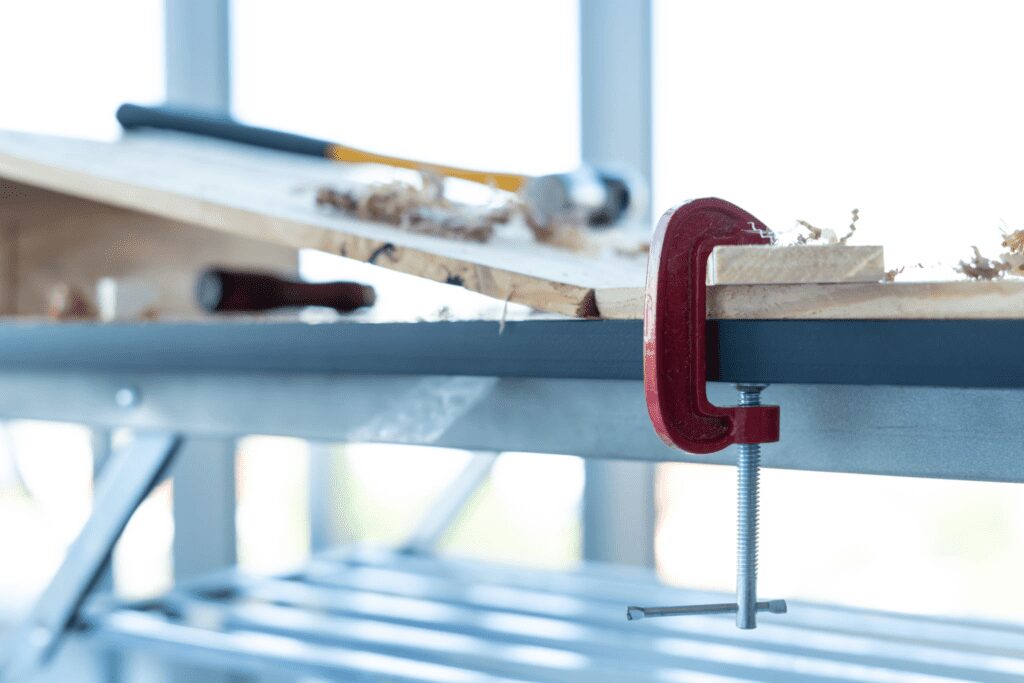
Metal is a sturdy and strong material that is often used in construction projects. Wood glue is a versatile adhesive that can be used to bond wood to metal. When using wood glue on metal, it is important to use the correct type of glue and to apply it in the correct manner.
There are several types of wood glue available on the market, and not all of them will work well with metal. Some glues are specifically designed for use with metal, while others are not. If you are using non-metal-specific glue, make sure to test it on a small piece of metal before applying it to your project.
To apply wood glue to metal, use a brush or a rag to spread the adhesive evenly over the surface. Be sure to get into all the crannies and nooks.
Read Also: Does Hot Glue Work on Wood
Some Tips on How to Properly Use Wood Glue on Metal Surfaces
Wood glue is a great adhesive to use when working with wood, but it can also be used on metal surfaces. When using wood glue on metal, it is important to make sure that the surface is clean and free of any dirt or oil. The surface should also be dry before applying the glue. If the surface is not clean or dry, the wood glue will not adhere properly and may come off later.
When applying the wood glue to the metal surface, make sure to use a brush or rag to spread it evenly. Do not apply too much glue, as it will make it difficult to sand later. After the glue has been applied, wait for it to dry completely before starting to work on the project. If needed, you can use a heat gun or hair dryer to speed up the drying process.
FAQs About Does Wood Glue Work on Metal
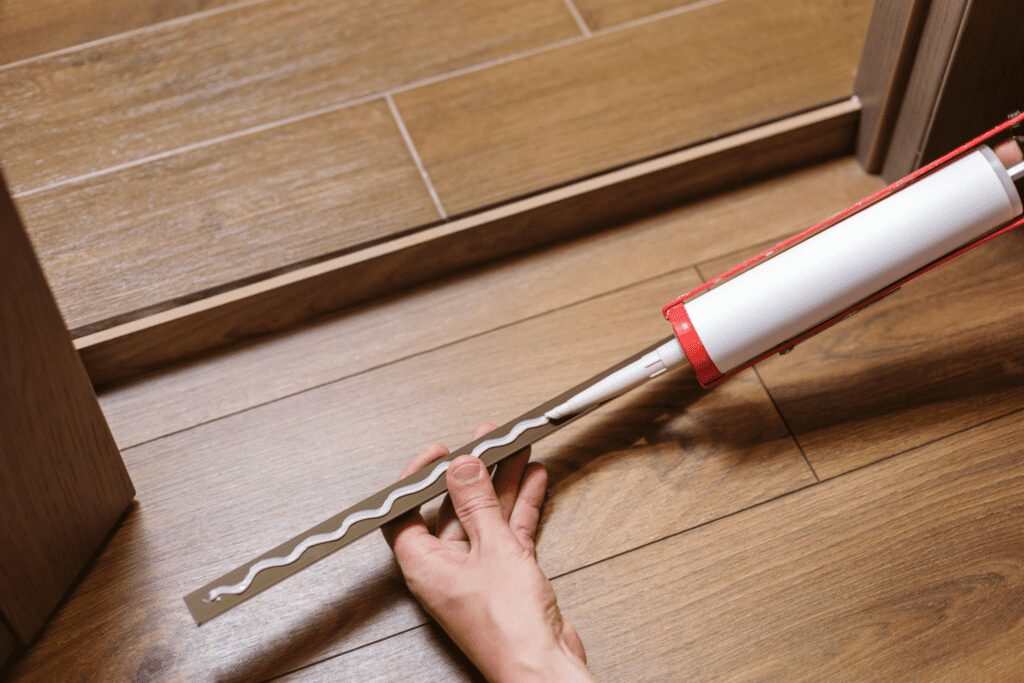
Is Wood Glue or Gorilla Glue Better for Gluing Wood?
Both wood glue and gorilla glue have their own unique benefits and drawbacks when it comes to gluing wood. Wood glue is a better choice for smaller projects as it is more precise and less likely to cause messes, while gorilla glue is better for larger projects as it is more durable and can hold heavier objects together. Ultimately, the best choice for gluing wood will depend on the specific project at hand.
Does Glue Work on Metal?
Adhesive properties of glue can vary depending on the specific type and brand of glue used. However, in general, most glues are not effective at bonding metal surfaces together. This is because the molecular structure of the metal is such that it does not allow for a strong grip between two metal surfaces like you would see with a plastic or wood surface.
Does Gorilla Glue Work on Plastic to Wood?
Adhesion between plastic and wood depends on a number of factors, including the type of plastic and wood, the surface preparation of both surfaces, and the composition of the Gorilla Glue. In general, however, adhesives are most likely to bond well when both surfaces are clean and dry. Some users have reported success using Gorilla Glue to bond plastic to wood, but others have had poor results.
Does Wood Glue Need to be Glued Together?
Wood glue is a type of adhesive that is used to bond two pieces of wood together. It is usually applied in a thin layer and then clamped together until the glue dries. Wood glue does not need to be glued together, but it is typically stronger when the two pieces are glued together.
Does Wood Glue Work on Plastic?
In general, wood glue is not typically recommended for use on plastic materials, as the bond between the two materials is often weak and can easily break.
Does Gorilla Glue Work on Metal?
Gorilla Glue is a polyurethane-based adhesive that can form a strong bond with many types of materials, including metals. However, the bond may not be as strong in cold or wet environments, and it may not be suitable for all metals.
Does Super Glue Work on Metal?
Super Glue is a cyanoacrylate adhesive, which is a type of fast-acting adhesive. It was designed for use on porous surfaces, such as wood, paper, and cloth. Metal is not a porous surface, so Super Glue may not work as well on metal as it does on other materials.
Strongest Glue for Metal to Wood
Some adhesives work better on porous surfaces, while others work better on non-porous surfaces. Some adhesives are more heat-resistant than others. And some adhesives are more resistant to water and other environmental factors.
What is the Strongest Glue for Metal to Metal?
There are a variety of different glues that can be used to adhere metal to metal, but some are stronger than others. One of the strongest glues for this purpose is an epoxy adhesive.
Epoxies are two-part adhesives that consist of a resin and a hardener. When the components are mixed, they make up an unbreakable bond between them, which can be subjected to immense stress and pressure.
What is Waterproof Glue for Metal?
Waterproof Glue for Metal is a type of adhesive that can be used to bond metal surfaces together. It is made up of a polymer material that forms a watertight seal, which makes it ideal for use in waterproof applications. The glue is also resistant to corrosion, making it a good choice for use in outdoor settings.
Conclusion
Wood glue can work on metal, but it is not always the best adhesive for the job. If you are looking to bond metal to metal, a better option may be a metal-to-metal adhesive. However, if you are looking to bond metal to wood, wood glue is a good option. Always make sure to read the instructions on the adhesive before using it to ensure that you are using it correctly.
Relevant Resources:
